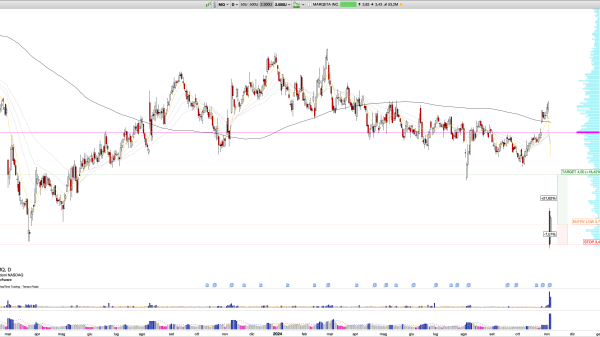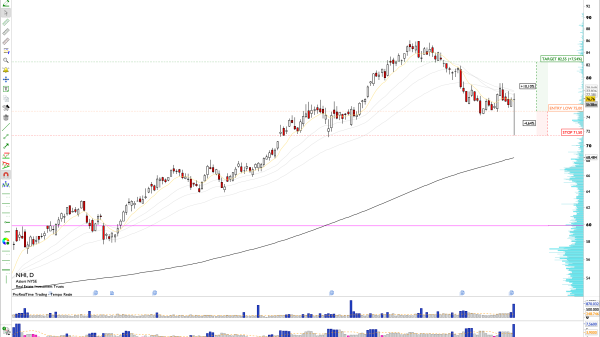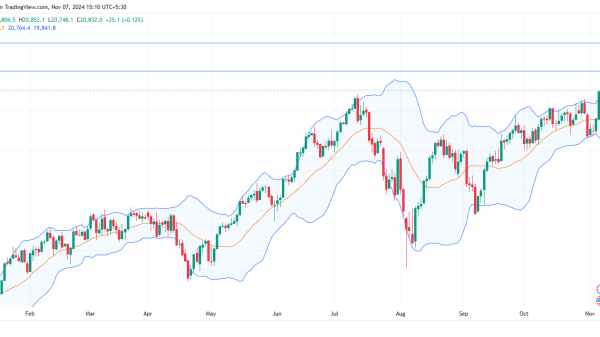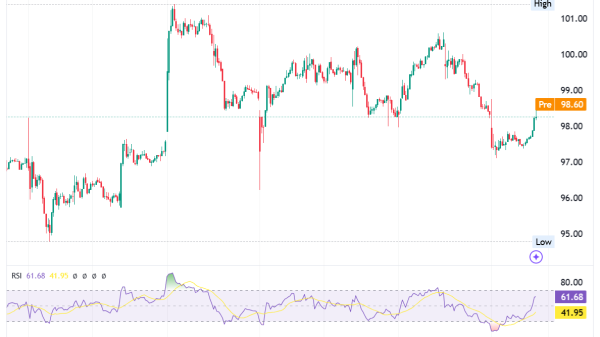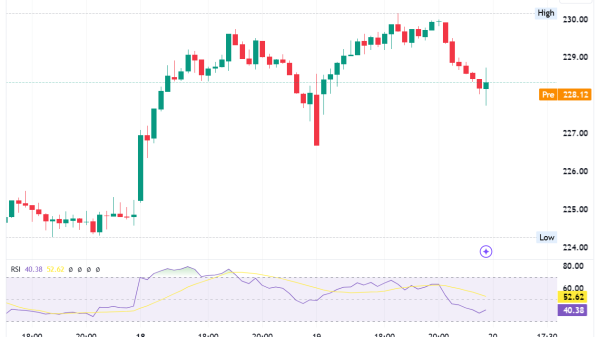Current Ratio vs. Quick Ratio – Modern Finance Explained
The quick Ratio and current Ratio are two financial ratios used by businesses to assess their short-term liquidity and ability to meet their short-term obligations. Quick Ratio vs Current Ratio?
Do you know what is the difference between them?
While both ratios provide insights into a company’s liquidity position, there are distinct differences between them. Let’s explore each Ratio in detail.
Quick ratio:
The quick Ratio, also known as the acid-test Ratio, is a measure of a company’s immediate liquidity without considering its inventory.
It evaluates whether a business can pay off its current liabilities using its most liquid assets. The quick ratio formula is as follows:
Quick Ratio = (Current Assets – Inventory) / Current Liabilities
Key points about the quick Ratio:
a. Excludes inventory: It eliminates inventory from the equation because it is often considered the least liquid current asset.
Some businesses may face difficulty in converting inventory into cash quickly, making it less reliable for meeting immediate obligations.
b. Focus on immediate liquidity: By excluding inventory, the quick Ratio focuses on a company’s most liquid assets, such as cash, marketable securities, and accounts receivable. These assets can be quickly converted into cash to meet short-term liabilities.
c. Stringent assessment: It provides a more conservative measure of liquidity compared to the Current Ratio because it excludes inventory. It assesses a company’s ability to handle immediate obligations without relying on the sale of inventory.
d. Industry comparison: It is particularly useful in industries where inventory turnover is slow, such as manufacturing or retail.
It helps assess a company’s liquidity in situations where inventory may take a significant amount of time to sell.
Quick Ratio vs Current Ratio
As we already discussed the quick Ratio, we can now focus on the current Ratio.
The current Ratio is a broader measure of a company’s short-term liquidity that considers all current assets.
It evaluates whether a business can pay off its current liabilities using its total current assets. The current ratio formula is as follows:
Current Ratio = Current Assets / Current Liabilities
Key points about the current Ratio:
a. Includes inventory: As opposed to the quick Ratio, the current Ratio includes inventory as part of the current assets.
It treats inventory as a liquid asset that can be converted into cash within the normal course of business.
b. Comprehensive liquidity assessment: It takes into account all current assets, including cash, marketable securities, accounts receivable, and inventory.
It provides a more comprehensive view of a company’s liquidity position.
c. Less stringent evaluation: As the current Ratio includes inventory, it typically results in a higher ratio compared to the quick Ratio. It may indicate a relatively more relaxed assessment of a company’s ability to meet its short-term obligations.
d. Industry comparison: It is commonly used to compare companies within the same industry.
What’s important, it allows for a better understanding of how a business’s liquidity position compares to its industry peers, considering the industry-specific dynamics and inventory turnover rates.
Main differences
Let’s compare the quick Ratio and the Current Ratio.
Inclusion of inventory: The primary distinction between the quick Ratio and current Ratio lies in the treatment of inventory. The quick Ratio excludes inventory, while the current Ratio includes it.
Focus on immediate liquidity: The quick Ratio emphasizes a company’s ability to meet immediate obligations, while the current Ratio provides a broader assessment of short-term liquidity.
Stringency: The quick Ratio is more conservative and stringent in evaluating liquidity since it excludes inventory. On the other hand, the current Ratio is relatively less conservative.
Industry considerations: The choice between quick Ratio and current Ratio depends on the industry and its inventory turnover characteristics. Industries with slow inventory turnover, such as manufacturing, may find the quick Ratio more relevant, while others may rely on the current Ratio.
Liquidity management
Now, you know what to answer if someone wants to learn more about quick Ratio vs Current Ratio.
We also need to cover one important topic.
Liquidity management refers to the strategic process of effectively managing a company’s cash flow, assets, and liabilities to ensure that it has sufficient liquidity to meet its financial obligations.
It involves monitoring and controlling the inflow and outflow of cash, optimizing the use of working capital, and maintaining a balance between cash on hand and short-term assets.
The primary objective of liquidity management is to ensure that a company has enough cash and liquid assets to cover its short-term liabilities.
It involves making informed decisions regarding cash management, cash flow forecasting, working capital management, and the judicious use of financial instruments.
Liquidity management involves various strategies and techniques to manage cash flow effectively.
Effective liquidity management enables businesses to maintain financial stability, seize growth opportunities, meet their financial obligations, and build trust and confidence among stakeholders.
It requires continuous monitoring, analysis, and adaptation to changing market conditions and business dynamics. By implementing robust liquidity management practices, companies can enhance their resilience, reduce financial risks, and position themselves for long-term success.
In summary, the quick Ratio and current Ratio both provide insights into a company’s liquidity, but they differ in their treatment of inventory and focus on immediate liquidity.
The quick Ratio is more stringent, excluding inventory, while the current Ratio offers a comprehensive view by including inventory.
Quick Ratio vs Current Ratio? Which one is better?
The choice between the two ratios depends on the industry dynamics and the specific liquidity concerns of a business.
The post Current Ratio vs. Quick Ratio – Modern Finance Explained appeared first on FinanceBrokerage.



